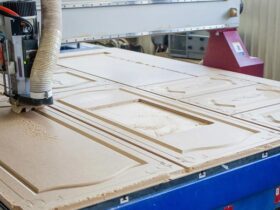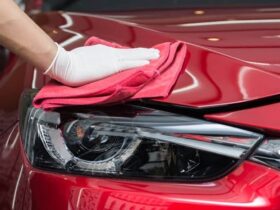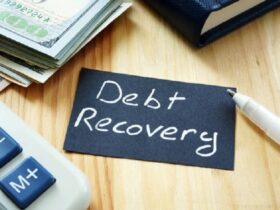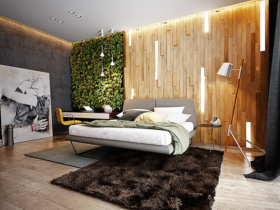For building materials that are not subject to mandatory environmental certification, there is a system for assessing technical suitability. If we talk about the most environmentally friendly material for building a house, then there are different options.
You can choose traditional or modern eco-materials. Traditional ones have been used by humanity for thousands of years and have proven their reliability. This is, for example, wood, brick, shell rock or straw.
But time does not stand still and today architects and designers propose to use innovative eco-friendly materials, such as:
- Self-healing cement. It was developed by Dutch scientists. Calcium lactate was added to the concrete and special bacteria were placed inside, which feed on calcium and seal cracks if any appear. This makes the structure more durable.
- Durisol was developed back in the mid-50s, but began to be widely used relatively recently. These are specially processed pine sawdust, bonded with special cement. The material is fireproof, frost-resistant and not afraid of moisture.
- Bioconcrete was created by Spanish scientists. Such concrete remains durable even if some plants settle in it: moss, special mushrooms or lichens clean the air and look very interesting on the facades of buildings.






